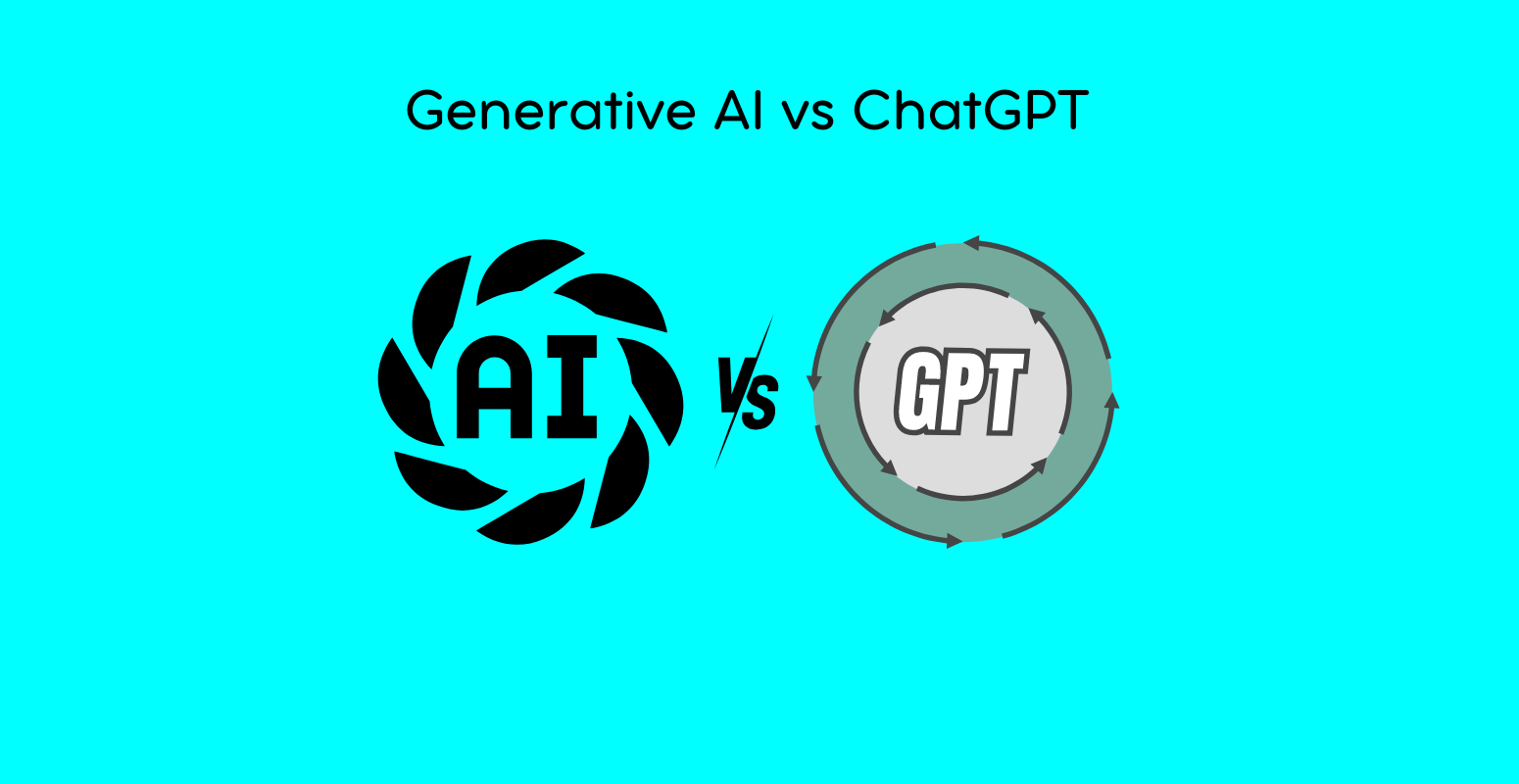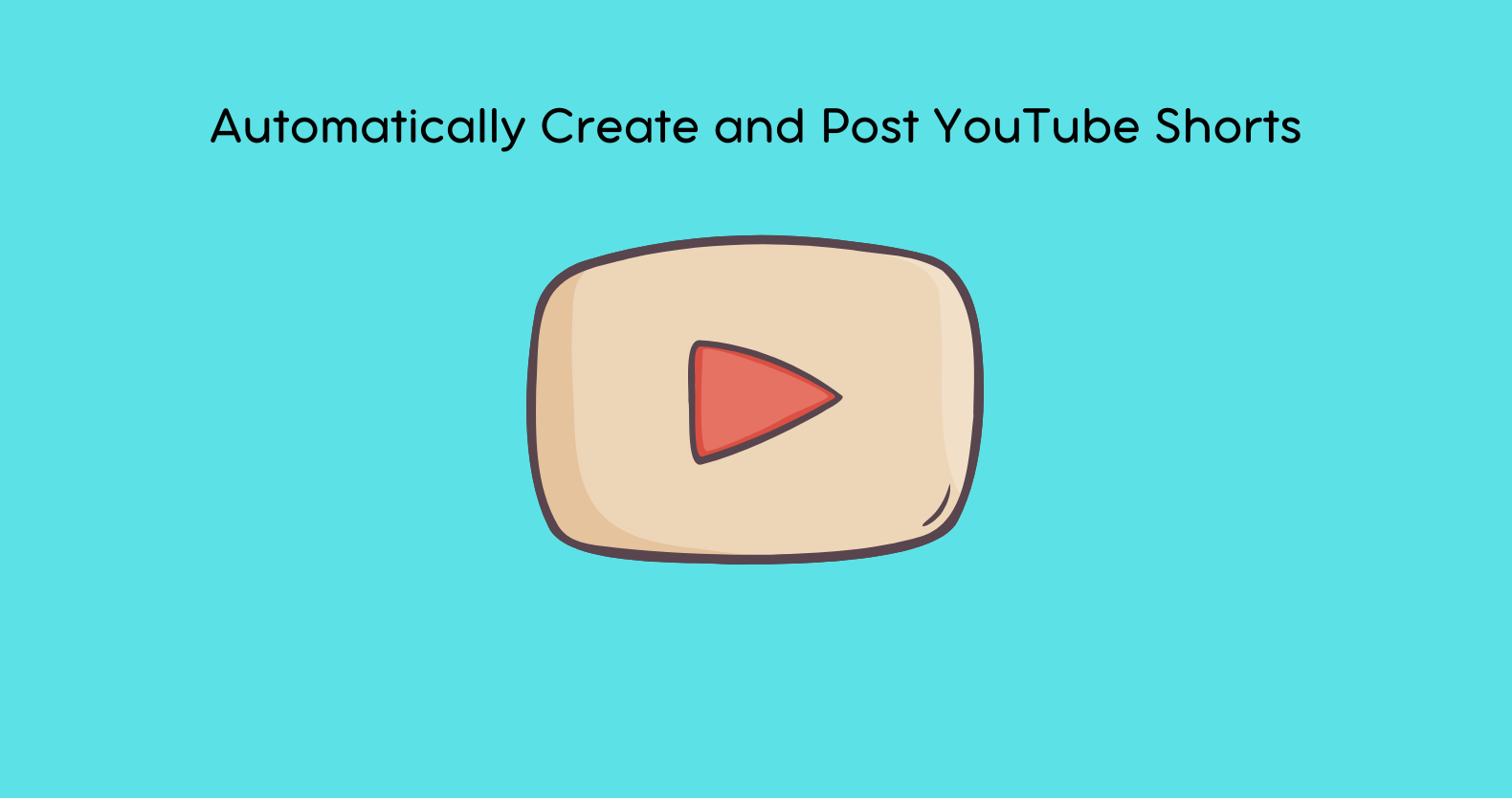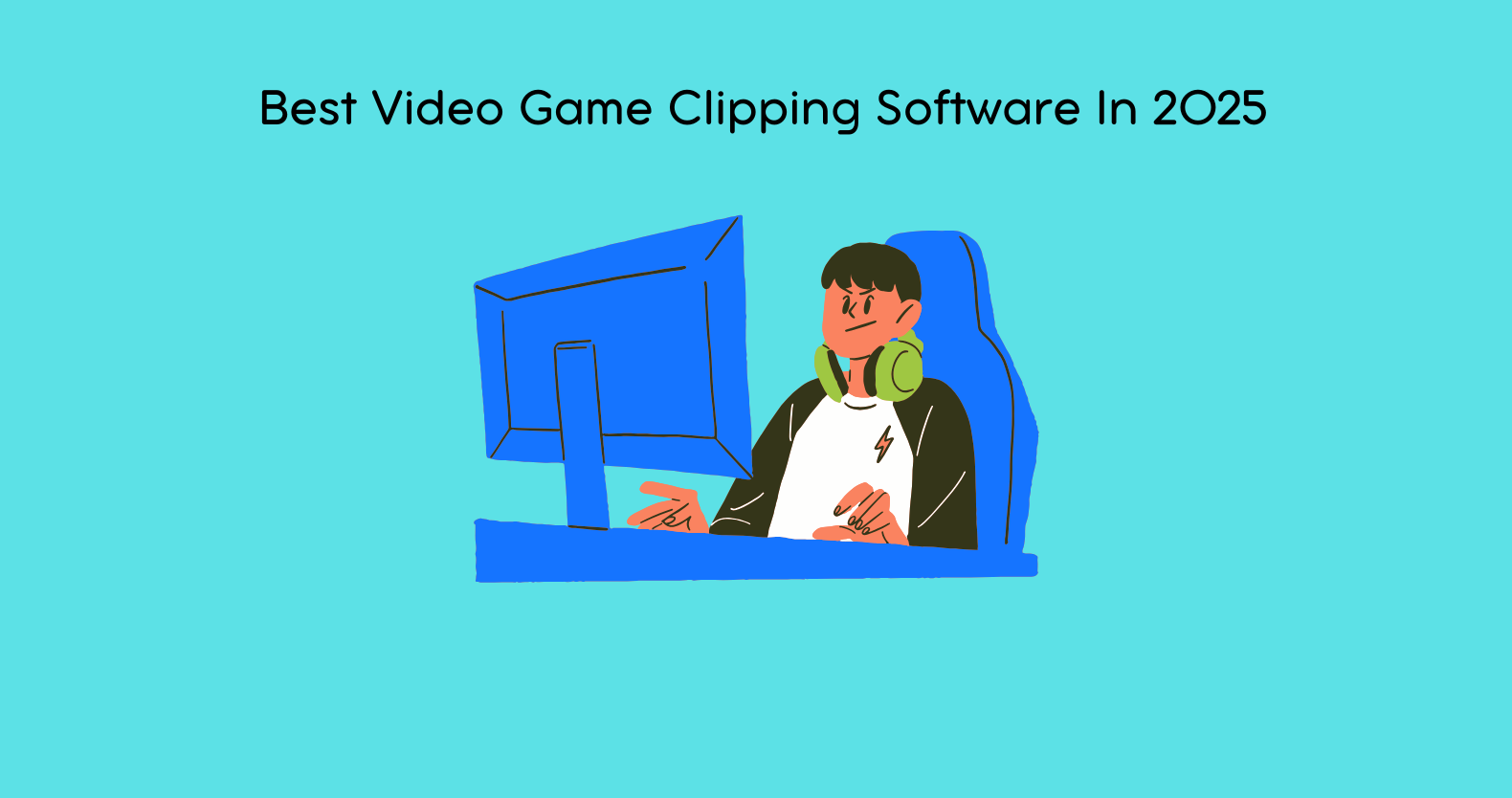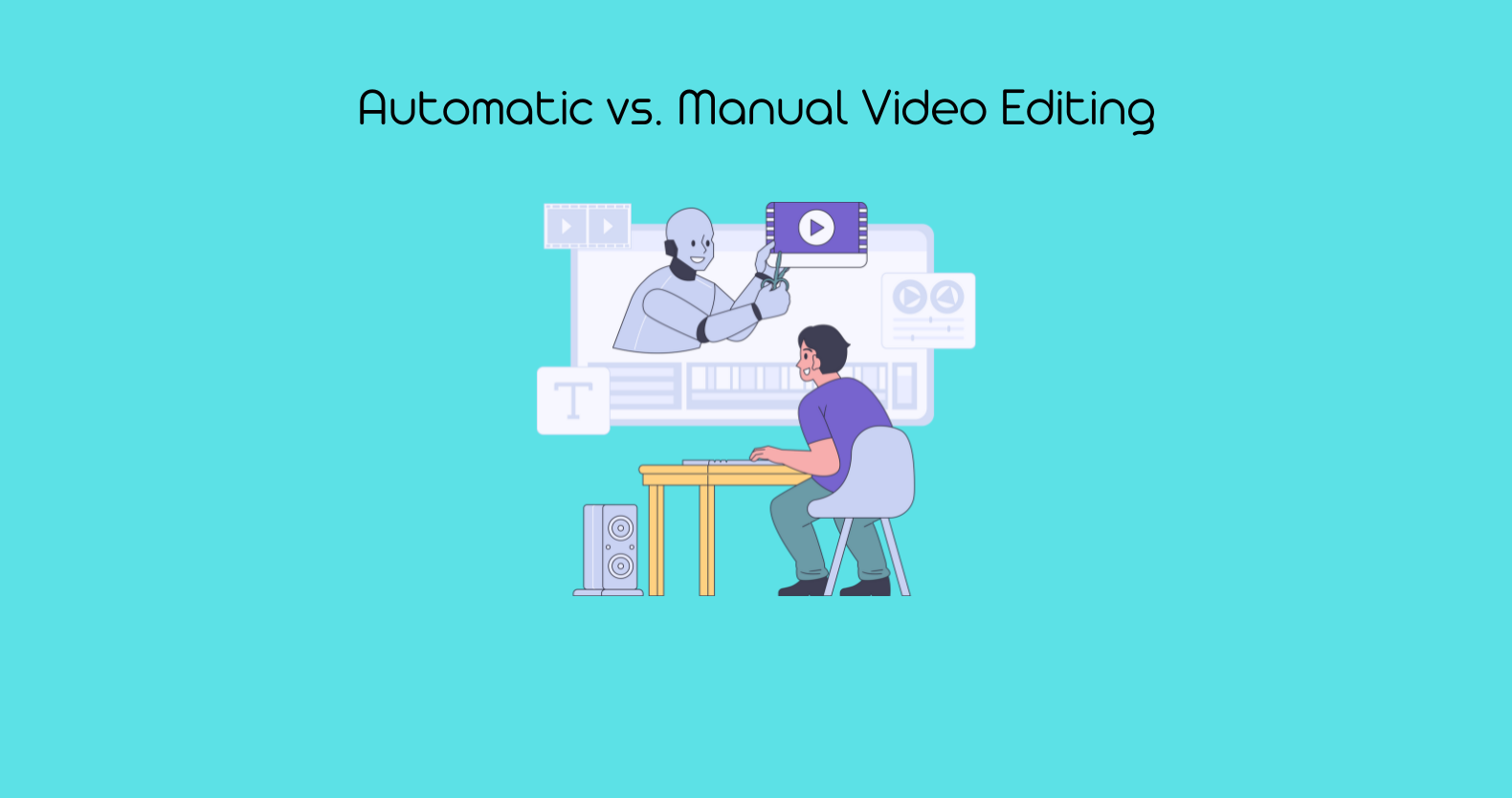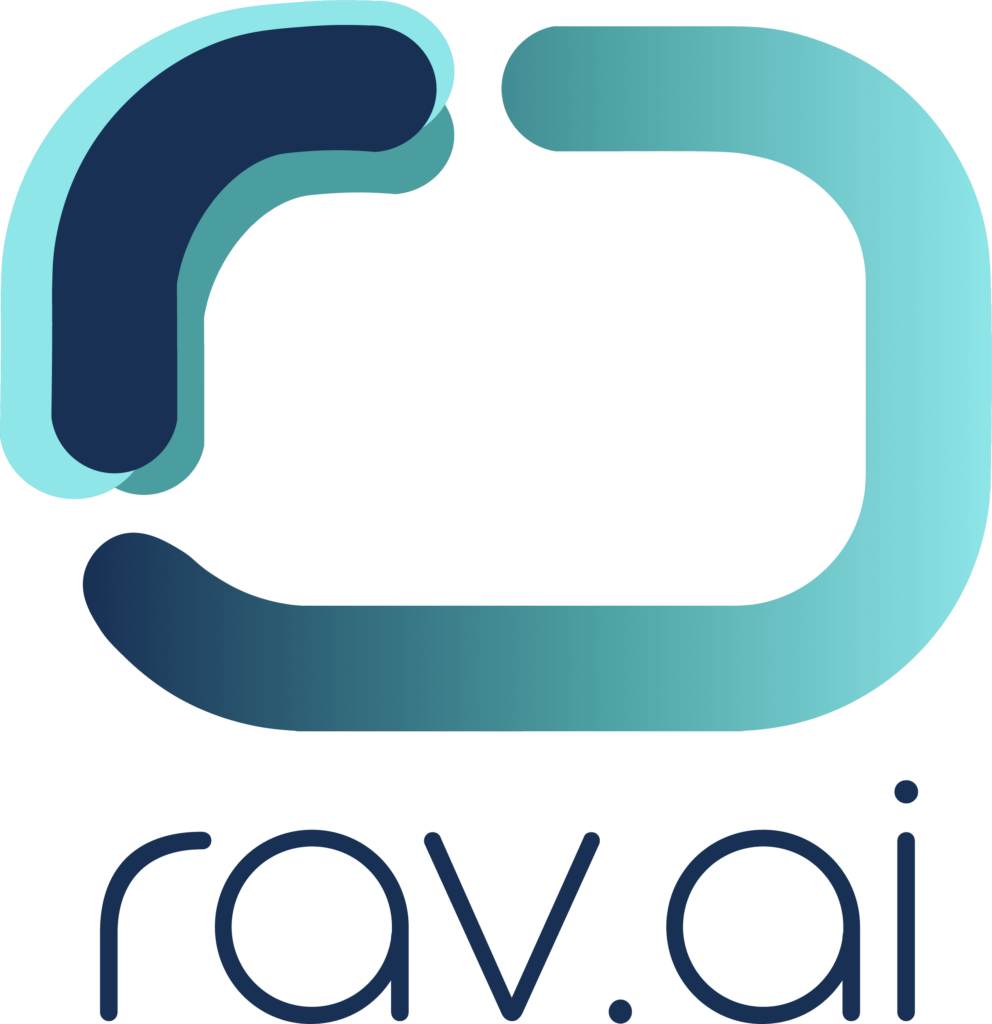Generative AI represents a groundbreaking development in artificial intelligence, capable of creating new content across various media, such as text, images, and audio. This technology is transforming industries by automating creative processes and enhancing productivity.
One specific application within this broad field is ChatGPT, a powerful tool designed to generate human-like text based on user input.
In this guide, we will explore the differences between generative AI and ChatGPT, their unique applications, and how they contribute to the evolving landscape of AI-driven innovation.
What is Generative AI?
Generative AI is a type of artificial intelligence that can create new content. Unlike traditional AI, which follows set rules to solve problems, generative AI can produce text, images, music, and even videos.
It learns from large datasets and uses that knowledge to generate something new. For example, it can write an article, draw a picture, or compose a song based on patterns it has learned from existing data. This technology is revolutionizing various industries by automating creative tasks and making complex processes more efficient.
Use of Generative AI in Different Fields
Generative AI Is making a significant impact across various sectors. Here’s how it’s being used:
1: E-commerce
Generative AI is transforming e-commerce by enhancing the shopping experience. It can create personalized product recommendations based on a customer’s browsing history and preferences. This improves customer satisfaction and increases sales. AI can also generate product descriptions, saving time for retailers.
2: Online Video Editing
In online video editing, generative AI is a game-changer. Tools like Rav.ai use AI to streamline the editing process. AI can automatically cut, merge, and enhance video clips based on a sample provided by the user. This saves editors a lot of time and effort. AI can also add special effects, transitions, and filters that match the video’s theme.
Furthermore, it can improve audio quality by removing background noise and balancing sound levels. By using generative AI, content creators can produce professional-quality videos quickly and easily, making high-quality video production accessible to everyone.
3: Finance
The finance sector is leveraging generative AI to enhance efficiency and security. AI can analyze large volumes of financial data to detect patterns and anomalies, helping to identify fraudulent activities. It also assists in risk management by predicting market trends and advising on investment strategies. In customer service, AI-powered chatbots can handle routine inquiries, providing quick and accurate responses.
This not only improves customer experience but also reduces the workload for human employees. Generative AI is also used to automate report generation, ensuring timely and accurate financial reporting.
4: Education
In education, generative AI is revolutionizing the way we learn and teach. AI can create personalized learning plans for students, adapting to their individual needs and pace.
It can generate practice questions and quizzes tailored to the student’s progress, providing instant feedback.
AI can also assist teachers by grading assignments and creating lesson plans. Furthermore, AI-powered tools can create interactive educational content, such as simulations and virtual labs, making learning more engaging. By using generative AI, educators can provide a more personalized and effective learning experience for their students.
What is ChatGPT?
ChatGPT is a specific type of generative AI developed by OpenAI. It’s designed to understand and generate human-like text based on the input it receives. ChatGPT can engage in conversations, answer questions, provide recommendations, and even create written content like articles and stories.
It uses a language model trained on a vast amount of text data from the internet, enabling it to understand context and produce coherent and relevant responses. ChatGPT is widely used in customer service, content creation, and various other applications where natural language processing is needed.
Benefits of ChatGPT
ChatGPT offers numerous benefits across different applications. Here are five detailed benefits:
1: Enhanced Customer Service
ChatGPT can handle customer inquiries 24/7, providing instant and accurate responses. This reduces wait times for customers and alleviates the workload for human agents. It can handle multiple conversations simultaneously, ensuring that all customers receive timely assistance. Additionally, ChatGPT can be programmed to escalate complex issues to human agents, ensuring that customers receive the best possible service.
2: Content Creation
ChatGPT can generate high-quality content quickly. It can write articles, blog posts, product descriptions, and more, saving time for writers and marketers.
This is particularly useful for businesses that need to produce large volumes of content regularly. ChatGPT can also help with brainstorming ideas and providing inspiration for new content.
3: Personalized Recommendations
By analyzing user data, ChatGPT can provide personalized recommendations for products, services, or content. This enhances user experience and can lead to increased sales and engagement.
For example, an online retailer can use ChatGPT to recommend products based on a customer’s previous purchases and browsing history.
4: Education and Training
ChatGPT can act as a virtual tutor, providing personalized learning experiences for students. It can answer questions, explain concepts, and provide practice exercises. This makes learning more accessible and personalized. ChatGPT can also be used in corporate training programs to provide employees with customized training materials and support.
5: Data Analysis
ChatGPT can analyze and interpret large datasets, providing insights and identifying trends. This is particularly useful for businesses that need to make data-driven decisions.
ChatGPT can generate reports, summarize findings, and suggest actions based on the data. This helps businesses to stay competitive and make informed decisions.
Generative AI vs. ChatGPT
Generative AI and ChatGPT are related but serve different purposes. Here’s a comparison:
Generative AI vs ChatGPT
1: Scope
Generative AI encompasses all AI technologies capable of creating new content across various media, including text, images, and audio. This broad category includes numerous applications, each designed to generate different types of content. ChatGPT, however, is a specialized application within this broad category, focusing exclusively on generating human-like text responses based on input.
While generative AI can cover a wide range of creative outputs, ChatGPT is tailored specifically for textual interactions.
2: Applications
Applications of generative AI span multiple fields, such as art, music, video editing, and more. This versatility allows generative AI to contribute to diverse industries, creating new and innovative content across different media formats.
On the other hand, ChatGPT’s applications are primarily centered around tasks involving text. These tasks include conversational interactions, content creation, customer service, and educational assistance.
While generative AI can transform various creative fields, ChatGPT excels in enhancing text-based communication and information processing.
3: Functionality
The functionality of generative AI models extends to creating various types of content, including images, videos, audio, and text. These models leverage complex algorithms to generate creative outputs across different media, making them versatile tools for content creation.
In contrast, ChatGPT is specifically designed for text generation, focusing on providing coherent and contextually relevant responses in conversations.
4: Complexity
Generative AI models are often more complex due to their ability to handle different types of content, requiring advanced algorithms and substantial computational power to manage various media formats.
This complexity allows them to generate diverse creative outputs across multiple fields. Conversely, ChatGPT’s design is less complex but highly specialized, focusing solely on text generation.
5: User Interaction:
ChatGPT is designed for interactive use, engaging in conversations and providing instant responses. Generative AI models may not always be interactive, depending on their application.
In summary, while ChatGPT is a powerful tool for text-based applications, generative AI encompasses a wider range of technologies and applications. Both have their unique strengths and are transforming various industries.
Final Thoughts
Generative AI and ChatGPT are revolutionizing many fields, from e-commerce to education. As these technologies continue to evolve, their impact will only grow, making processes more efficient and accessible.
Whether you’re looking to streamline your business operations, enhance customer service, or improve learning experiences, generative AI and ChatGPT offer powerful solutions. Explore how these technologies can benefit your industry and stay ahead in the AI-driven future.

